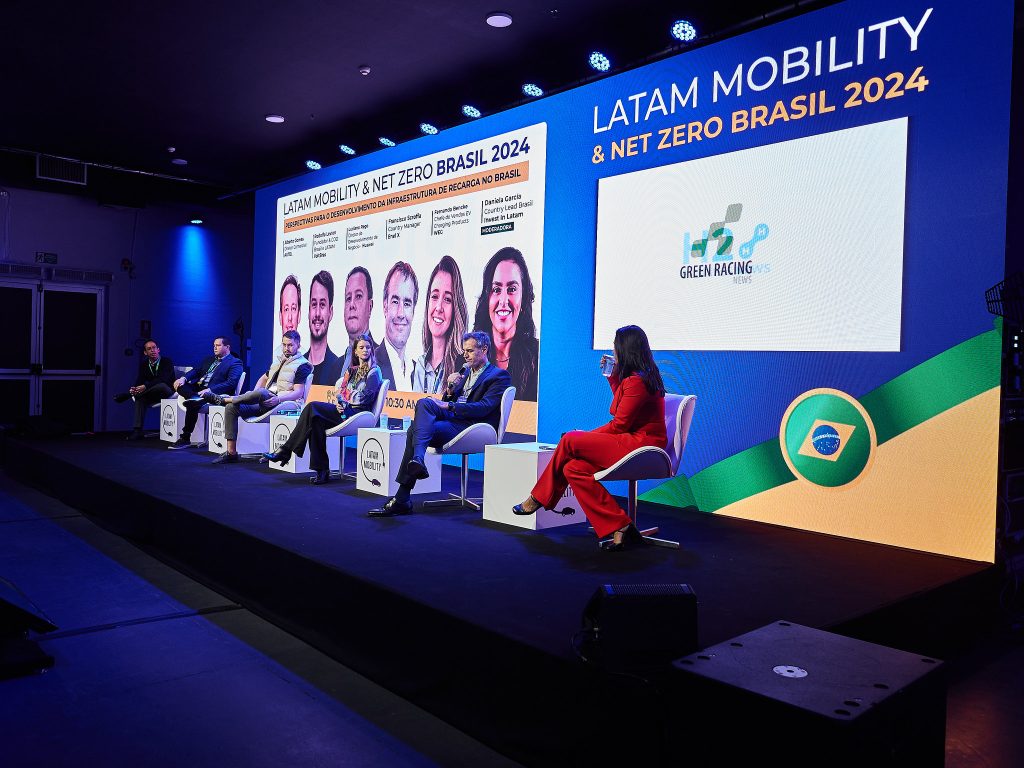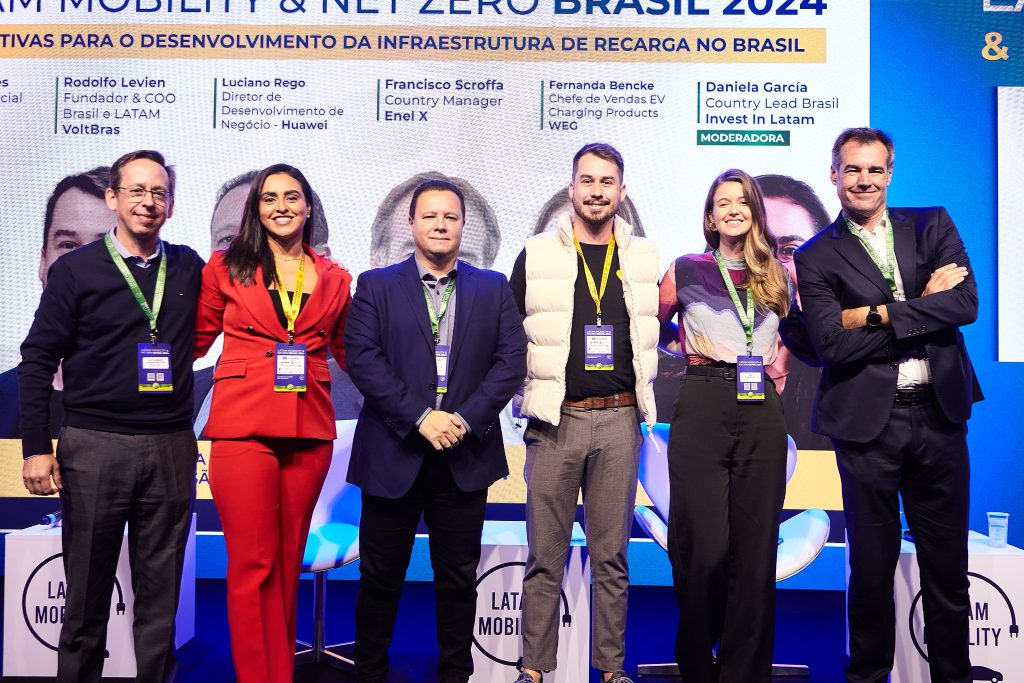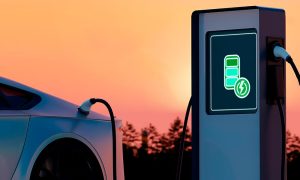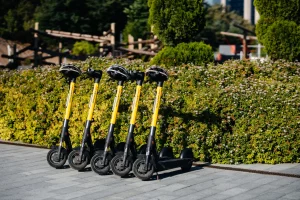The “Latam Mobility: Brazil 2024” was the setting for the panel “Round table: Perspectives for the Charging Infrastructure Development in Brazil”, where industry leaders presented their perspectives on the subject.
Francisco Scroffa, Enel X representative, highlighted the wide radius of action of the company with presence in 40 countries. He noted that Enel X has already been working in the field of charging infrastructure for almost a decade.
“When we talk about mobility, we have to break it down and understand the different segments we have. Infrastructure still represents a challenge for the transition and we have to offer solutions to the end consumer,” he explained.
He pointed out that traveling 300 to 400 kilometers makes it a bit more complicated to provide a network of freight infrastructure due to the distances, since the return is not high.
Read also: Representatives from São Paulo, ICCT and InvestSP Analyze Brazil’s Energy Transition
Huawei’s Impact
Luciano Rego, Huawei Executive, underlined the importance of having quality and quantity of chargers for each segment and highlighted how fundamental the confluence between the public and private sectors is.
But we also realize that the needs of the commercial and residential sectors are also different. So I would like you to give us this perspective on infrastructure development.
“It’s a novelty to see Huawei at a mobility event, but Huawei is a global infrastructure provider for communication and data. Within our divisions we have digital energy, which is a super important pillar of the company’s development globally,” he said.
He stated that decarbonization requires infrastructure and solutions to make it a reality. “We are really evolving, Brazil already has a relatively clean energy matrix because most of its generation comes from hydroelectricity,” he concluded.

Voltbras’ Growth
Rodolfo Levien, VoltBras Founder, detailed that they have been developing software for the electric mobility market since 2018.
He highlighted that currently, in addition to Brazil, they have operations in six other countries in Latin America with a focus on understanding the market to offer solutions.
“We have developed solutions designed both for public charging, for the end consumer, and for fleet charging, for residential charging, which we know is also a challenge,” Levien noted.
To conclude, the Voltbras executive considered it key to approve tax incentives from the public sector to encourage private investment that will allow massification of electromobility.
Autel’s Positioning
Alberto Gomes, Autel’s Director, gave his perspective on the charging infrastructure in Brazil and Latin America.
“I see Brazil as a country with great challenges and a lot of potential from mining. We have very different conditions from the rest of the world with ethanol fuel working very well,” he said.
“I very much believe that there will be this mix, at least in the next five to ten years, of hybrid vehicles much more than 100% electric vehicles,” Gomes asserted.
He noted that to meet the targets, it is necessary to work on partnerships between vehicle manufacturers and those that produce them. “An infrastructure for electric vehicles and the commitment of the public sector is fundamental, I think we are missing someone to get it right and get things moving.”
WEG’s Commercial Potential
Fernanda Bencke, WEG’s Head of Sales, spoke about the challenges and opportunities Brazil has in terms of charging infrastructure. She detailed that the company has among its major focuses the installation of equipment on beaches.
“We are a Brazilian multinational with more than 60 years in Brazil developing and manufacturing the loaders here with local engineering at the local factory in Jaraguá do Sul in Santa Catarina,” she said.
She believes that one should not only think about the charger but about the entire electromobility ecosystem to offer users a complete solution.
“I see that Brazil’s infrastructure is advancing rapidly and the interaction between all the actors involved is key,” she concluded.







